Name Piero Portaluppi | ||
 | ||
Died July 6, 1967, Milan, Italy | ||
La villa di piero portaluppi m4v
Piero Portaluppi (19 March 1888 – 6 July 1967) was an Italian architect.
Contents
- La villa di piero portaluppi m4v
- Piero portaluppi e il restauro della albergo cascata del toce
- Biography
- Publications in Italian
- References
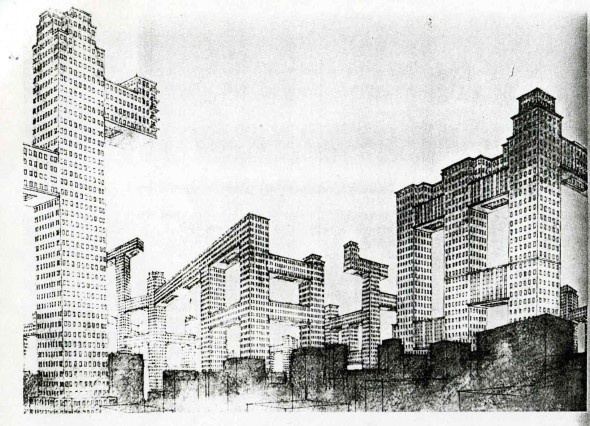
Piero portaluppi e il restauro della albergo cascata del toce
Biography
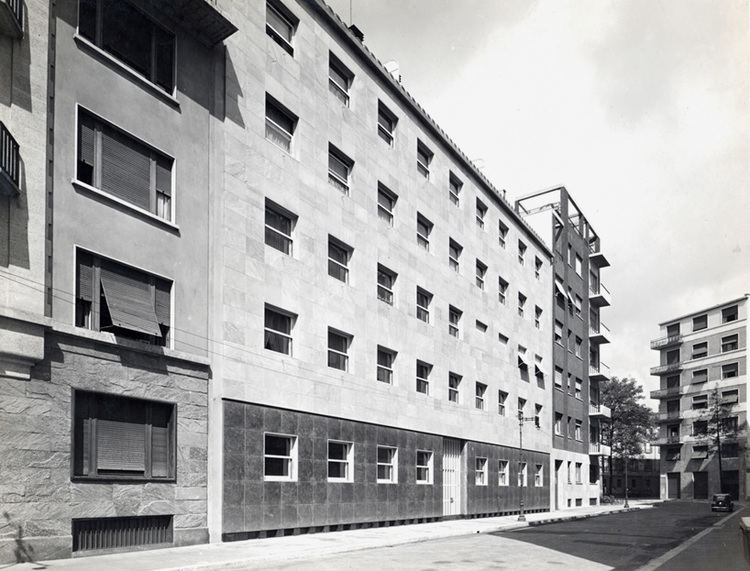
Pietro (called Piero) Portaluppi was born in Milan, son of the engineer Luisa Gadda e Oreste.
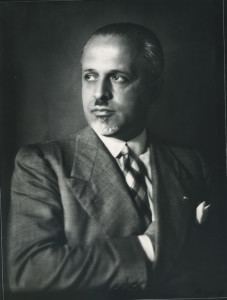
He graduated in 1905 from the Istituto tecnico Carlo Cattaneo and registered at the Politecnico, studying with Enrico Agostino Griffini and Carlo Calzecchi. During this time, he worked as a caricaturist with the satirical newspapers Il Babau, A quel paese, and Il Guerin Meschino.
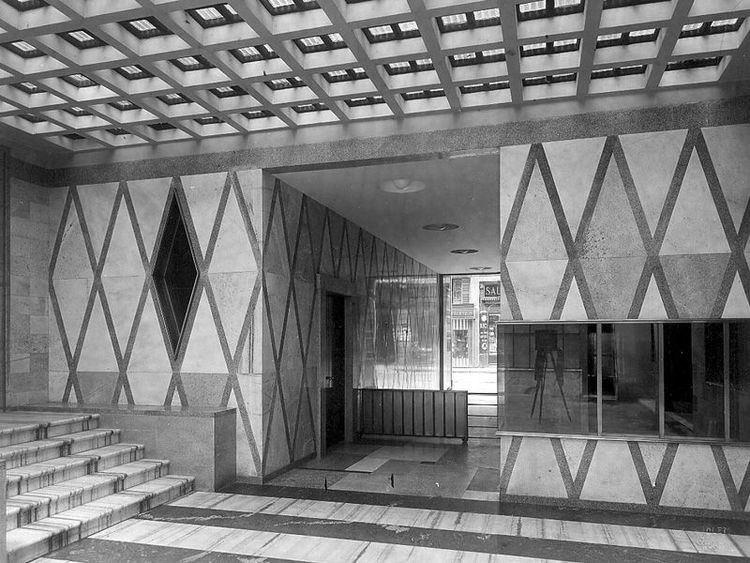
In September 1910, he graduated as an architect and won the Gold Medal of the College of Engineers and Architects of Milan, as its laureate. For the electrical company Conti, he worked on hydroelectric plants, mostly located in Formazza. The most famous are in Verampio (1912–1917), Valdo (1920–1923), Crevoladossola (1923–1924), and Cadarese (1925–1929). For the Azienda Electrica Municipale di Milano, he designed the plant of Grosio (1918–1920).
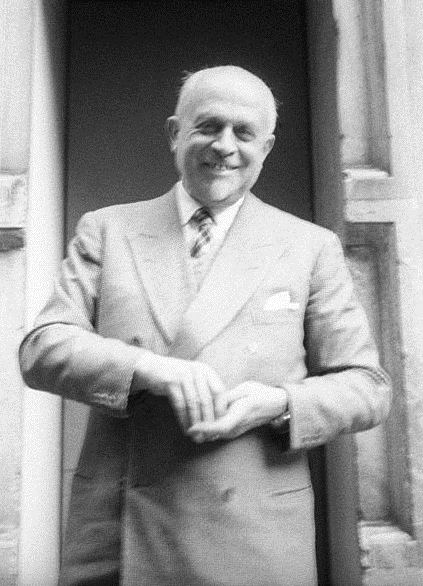
During the First World War, Portaluppi worked for the military in the Veneto and Friuli Regions. He resumed his professional activity after the war, rebuilding la Pinacoteca di Brera, the villa Fossati, and the Casa degli Atellani in Corso Magenta, the home of Ettore Conti. Conti introduced Portaluppi to Milan's high society and started to have the city's most important families as clients such as Borletti, Fossati, Venti and Crespi, Angelo Campiglio, and Mino Brughera. In 1920, Portaluppi designed two projects that are viewed as emblematic of his architecture: the skyscraper S.K.N.E. for the area of Allabanuel, and an utopian city, Hellytown.
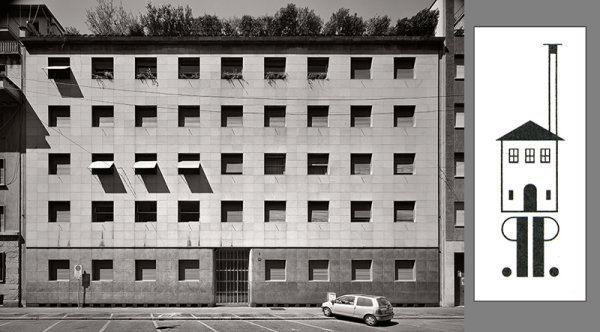
Other projects during this period were the Palazzo della Banca Commerciale Italiana (1928–1932), the Planetarium Hoepli (1929–1930), residential buildings for the Buonarroti-Carpaccio-Giotto family (1926–1930), the house Crespi on corso Venezia (1927–1930), and the palazzo Crespi on piazza Crispi (1928–1932). He designed the Italian Pavilion for the Universal Exposition in Barcelona in 1929.
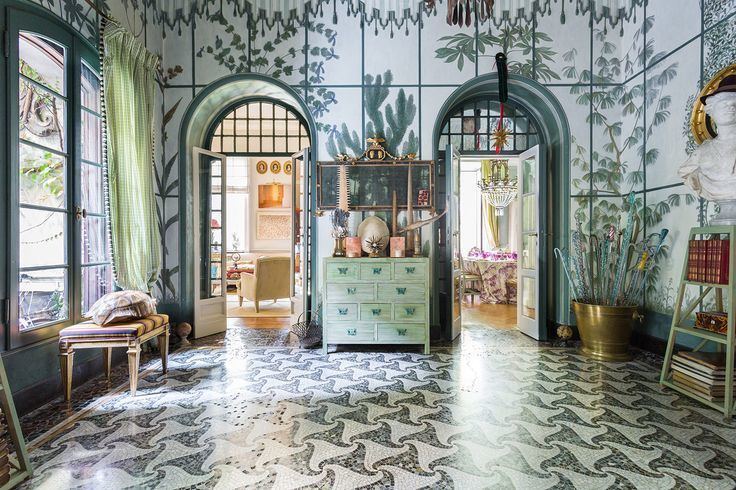
Between 1934 and 1938, he work on the historic restoration of the Church of Santa Maria delle Grazie and he continued that work after the war. Among his most important works are the Palazzo INA, piazza Diaz (1932–1937), the Villa Necchi Campiglio (1932–1935), and the palazzo Ras on via Torino (1935–1938).
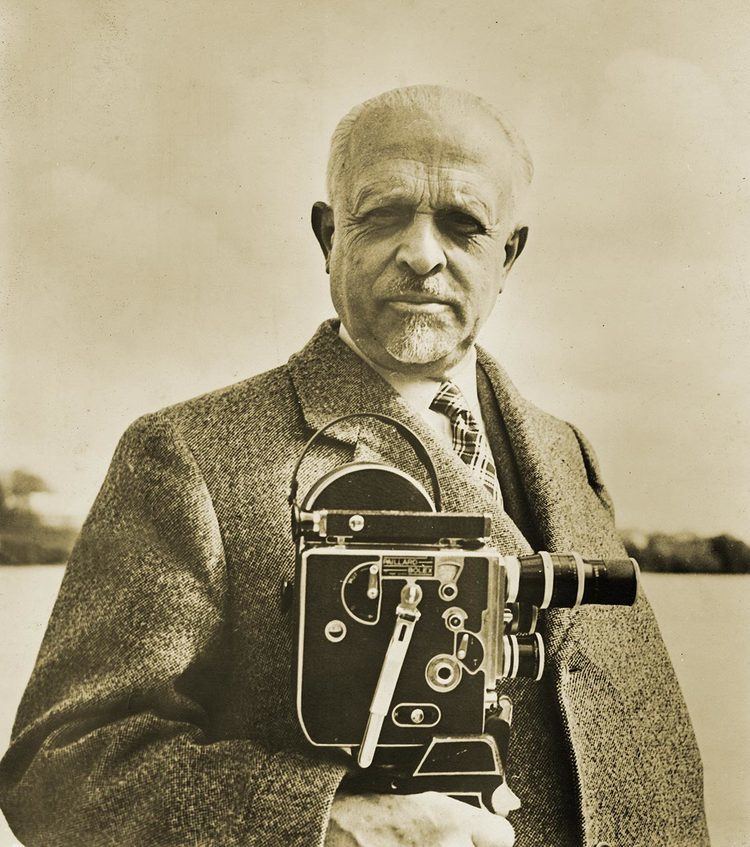
Following the Second World War, he devoted himself increasingly to teaching and professional organizations. He continued to design and collaborated on later architectural projects with Gio Ponti (1956–1962).
In July 1913, Portaluppi married Lia Baglia. They had three children: Luisa, Oreste and Tuccio. His son Tuccio died in the Second World War. On 6 July 1967, Piero Portaluppi dies in his house on corso Magenta in Milan.
The Villa Necchi Campiglio was a principal shooting location for Luca Guadagnino's film I Am Love (2009).
